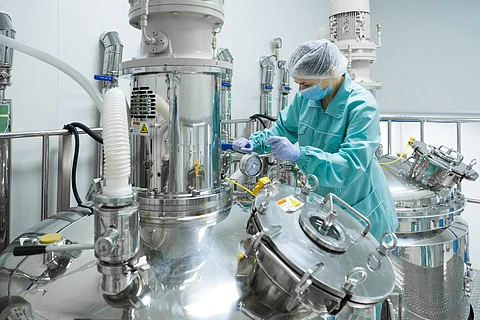Powder that looks free-flowing in a beaker can’t move once 40 kilograms sit in a production hopper. Three lab numbers flag that risk up front:
Angle of repose: blends above 45 degrees tend to bridge.
Hausner ratio: any value over 1.25 warns of ratholing and weight drift.
Electrostatic charge: voltages above 5 kV make fine powders cling, then aerosolize when a guard door opens.
Bulk density adds another twist. Low-density botanicals (< 0.30 g/cm³) swirl and refuse to settle, while dense mineral mixes (> 1.0 g/cm³) can scrape dosing tubes if tamp pressure is set too high. One published trial logged a 4.2 percent fill-weight variation when poor flow met high static, far outside the United States Pharmacopeia two-percent limit.
Control usually takes a small toolkit, not one miracle add-on:
Slow paddle agitators keep cohesive blends moving without shearing.
A narrow vibratory chute breaks arches before they starve the dosing disc.
A ground strap plus a low-velocity ionising bar drains charge so particles drop instead of float.
Run a three-hour pilot at production humidity with your own blend. If the powder bed stays level above the dosing table, you know the capsule filler has passed a test no brochure can fake.


